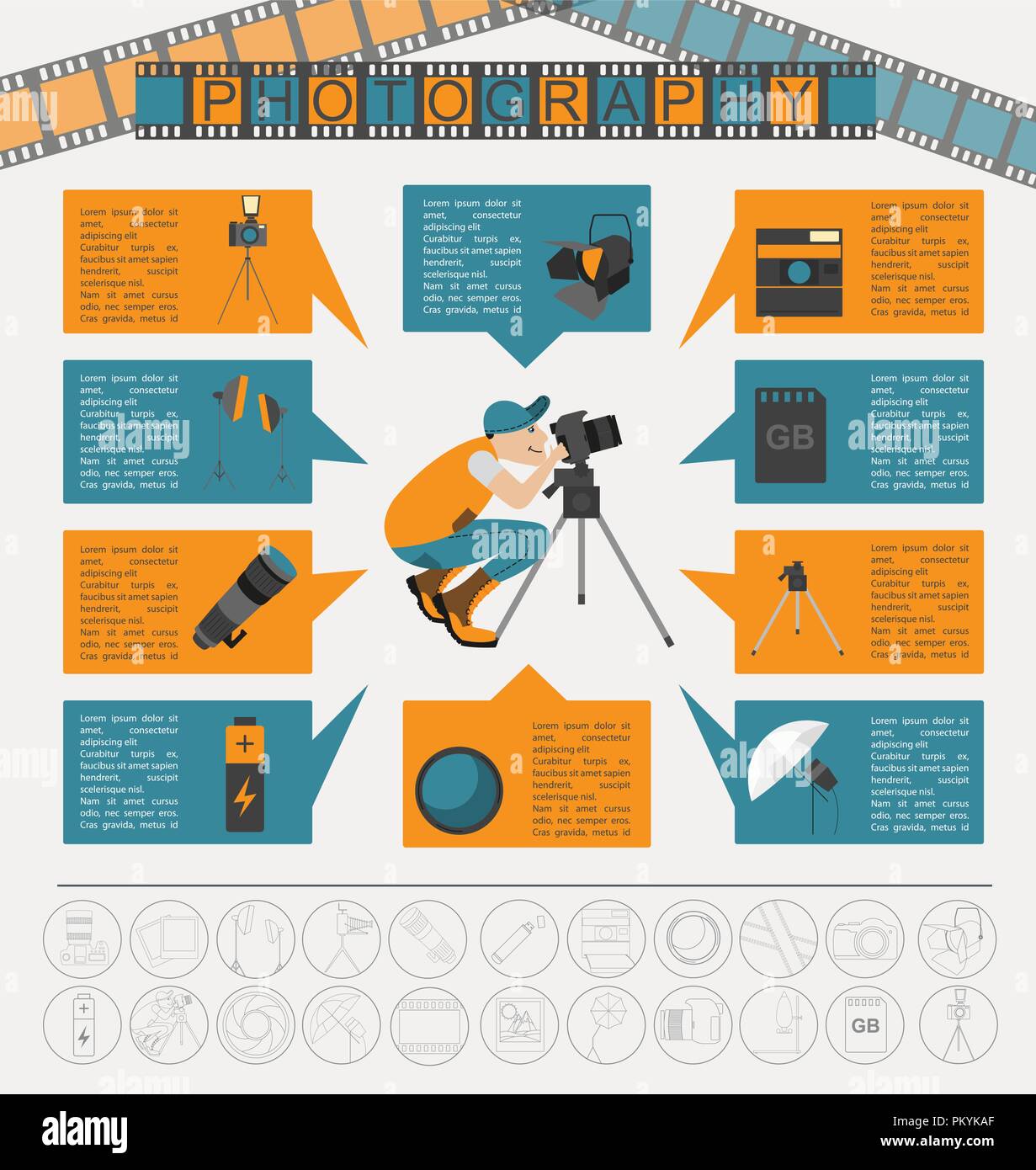What Every Professional Photographer Should Know About Lighting
What Every Professional Photographer Should Know About Lighting
Blog Article
Article By-Beck Olsson
As a professional photographer, you understand that lighting can make or damage your photos. Recognizing the nuances of both all-natural and artificial light is crucial for capturing the state of mind and clearness you go for in your work. Whether check this site out going after the excellent gold hour glow or adjust your man-made configurations, understanding these components can raise your photography considerably. But there are https://www.digitalcameraworld.com/buying-guides/best-canon-lens challenges that lots of overlook, and acknowledging them can transform your approach to every shoot. Allow's discover what you might be missing out on and exactly how it can affect your results.
Understanding All-natural Light
Comprehending all-natural light is vital for any type of digital photographer seeking to improve their job. It's the structure of wonderful digital photography, affecting mood, tone, and clearness. When you shoot outdoors, focus on the time of day. The golden hour-- soon after daybreak and prior to sundown-- supplies soft, warm light that can transform average scenes into magnificent pictures.
Don't underestimate the power of overcast days. Cloud cover diffuses sunshine, producing a soft, also light that's ideal for portraits and macro photography. You'll find colors pop in this type of lights without severe shadows.
Positioning matters, as well. Constantly consider your subject's positioning to the light. If the sunlight's behind your topic, you might end up with a silhouette, which can be dramatic but mightn't be what you desire. Alternatively, direct sunshine can develop uncomplimentary darkness.
Try out angles; sometimes, altering your viewpoint can generate amazing results. Use https://squareblogs.net/torri96treena/just-how-to-discover-your-distinct-design-as-a-professional-photographer -natural reflectors, like water or sand, to bounce light onto your topic, adding dimension.
Learning Artificial Light
Mastering man-made light is vital for photographers who intend to take their skills to the next degree. Whether you're using speedlights, workshop strobes, or constant lights, understanding just how to control these resources can substantially boost your pictures.
Beginning by acquainting yourself with the essentials of light high quality, instructions, and shade temperature. Try out various modifiers like softboxes, umbrellas, or grids to regulate the gentleness or cruelty of the light.
You'll find that soft light typically produces complementary outcomes, while harsher light can include dramatization and depth. Do not shy away from darkness; they can boost the three-dimensionality of your topics.
Pay attention to the placement of your lights. A light located as well near to your subject can produce uncomplimentary results, while too away can cause a lack of information. Utilize a light meter or your video camera's pie chart to guarantee you're exposing correctly.
Finally, keep in mind that artificial light can be mixed with ambient light for innovative impacts. Balancing these sources could take technique, once you grasp it, your photography will absolutely shine.
Strategies for Various Circumstances
When you step into various capturing situations, adapting your lights methods is essential for recording the very best photos. For outdoor pictures, utilize the gold hour-- morning or late afternoon light-- to soften shadows and improve skin tones.
If it's a harsh midday sun, think about utilizing a reflector to bounce light back onto your topic or look for shaded locations for a more even exposure.
In low-light circumstances, like interior events, enhance your ISO and make use of a vast aperture to let in more light. A tripod can assist get rid of cam shake, allowing for longer exposures without obscuring.
If Suggested Web page shooting at evening, experiment with off-camera flash to develop vibrant lighting and depth in your pictures.
For product digital photography, utilize diffused illumination to stay clear of extreme reflections. Softboxes or light tents can aid achieve this impact.
When photographing landscapes, take into consideration the instructions of light and time of day, as it can substantially change the mood of your shot.
Always prepare to readjust your settings and placing based on the situation, as versatility is crucial to mastering illumination in photography.
Verdict
To conclude, understanding lights is essential to elevating your digital photography skills. Embrace natural light's beauty during gold hour, and don't avoid try out man-made light methods. By adjusting your technique to different situations, you'll catch magnificent images that resonate with feeling and clarity. Bear in mind, the ideal lighting can change a regular shot into something amazing, so keep exercising and refining your understanding of both all-natural and synthetic light. Happy capturing!
